japanese beetle life cycle illinois
Japanese beetle grub University of Illinois Japanese beetle adults Japanese beetles have a univoltine life cycle one generation per year. Since then Japanese beetles have spread throughout most states.
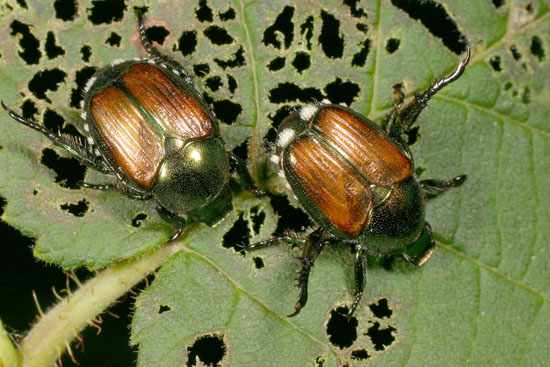
Home Yard Garden Newsletter At The University Of Illinois
Larvae feed on roots underground while adults feed on leaves and stems.

. Our crops are well behind their usual progress when Japanese beetle emergence occurs which could impact scouting and management decision making. The Japanese Beetle Has A One Year Life Cycle Spending About 10 Months As A Grub In The Soil In Late June The First Japanese Beetles Beetle Lawn And Garden Japanese. Most people are aware of the traps used to capture Japanese beetles.
Japanese Beetle Lifecycle. Eggs usually take between 10 and 14 days to hatch after which larvae emerge. The area in which Ron works Pope and Massac counties has not had much of a history of infestation of.
The female Japanese beetles release a pheromone that attracts males causing. Adults will begin feeding on the. After pupating adults begin to emerge from late-June to August.
Ova are laid individually or in small clusters near the soil surface. As soil temperatures warm in the spring the larvae move closer to the soil surface. Its body consists of 13 segments 10 on the abdomen and 3 on their thorax.
University of Illinois Japanese beetle adults Japanese beetles have a univoltine life cycle one generation per year. Japanese beetles cause damage to plants in their adult and larval stages. They overwinter as third instar larvae in the soil below the frost line.
Feeding on grass roots Japanese beetle grubs damage lawns golf courses and pastures. Some of their favorite plants include linden rose crabapple willow grape and raspberry. Japanese Beetle larvae can feed on the roots of many types of plants but prefer grass if it is.
Some of their favorite plants include Japanese maple rose-of sharon roses grape cherry and more. Many fields this season are likely to begin silking when Japanese beetles are at their peak so scouting will be especially important. It is important to know the lifecycle stages of the Japanese beetle and the type of damage they cause in each stage.
While the beetles will nibble on the leaves also this does not amount to much. As soil temperatures warm in the spring the larvae move closer to the soil surface. Silk clipping by Japanese beetles as well as corn rootworms can.
The pupae stage is where the grub starts to transform into a beetle. Japanese beetle pupae start as cream-colored and age to a reddish-brown. Silk clipping is the primary concern with Japanese beetle infestations in corn.
Adults will typically begin to emerge in late June in southern Illinois and in early July in central and northern Illinois and will typically be around for about six weeks. Japanese beetles have a univoltine life cycle one generation per year. One year is necessary for the completion of the entire life cycle.
The larvae feed on. 13 Within approximately two weeks the ova hatch the larvae feeding on. The adult beetles are less than 12-inch long and the shell is shiny metallic green.
The life cycle of the Japanese Beetles consists of four stages of development called complete metamorphosis. When Japanese beetle grubs are sufficiently abundant in turf 100 or more per square yard the grass turns brown and dies owing to the destruction of the root system. Severe damage is especially noticeable during dry periods.
Individual beetles do not cause severe damage. In spring the overwintering grubs move upward in the soil. They overwinter as third instar larvae in the soil below the frost line.
From mid-May to June the young larvae pupate. Not surprisingly Ron Hines senior research specialist at the University of Illinois Dixon Springs Agricultural Center has decided to add Japanese beetle traps to his arsenal of traps for capturing insects. Although it looks like they may emerge sooner this year depending on where you live.
Orkin Termite Treatment Pest Control Exterminator Service. Japanese beetle adults attack the foliage flowers or fruits of more than 300 different ornamental and agricultural plants. Adults first emerge around the end of June to early July hungry and ready to eat.
When there are a group of beetles feeding in one area the damage becomes more severe and unfortunately we often see Japanese. Japanese beetles were first found in the United States in 1916 near Riverton New Jersey. The larvae feed on roots of grass and other plants close to.
Adult Japanese beetles emerge from the soil between late spring and mid-summer and mate during the summer months. They complete pupation and emergence beginsi n late May and early June. They complete pupation and emergence beginsin late May and early June.
Peak emergence generally occurs 4 to 5 weeksafter initial emergence. Lifecycle of the Japanese beetle. Japanese Beetle Life Cycle.
Japanses beetle females lay eggs in small clusters just below the soil of the surface. Each female can lay up to 60 eggs in a lifetime. They live for about 30 to 50 days.
Adults emerge from the ground between May and June depending on your area. The Japanese Beetle Has A One Year Life Cycle Spending About 10 Months As A Grub In The Soil In Late June The First Japanese Beetles Beetle Lawn And Garden Japanese Beetles On Corn Soybeans Japanese Beetles The Morton Arboretum Dealing With White Grubs In Lawns White Grubs Are The Most Serious And Destructive Lawn Insect Pest In Illinois While. The Japanese beetle has a one-year life cycle spending most of its life in the soil as a grub.

Japanese Beetle Soybean Pest Soybean Research Information Network Srin

Japanese Beetles Will Lay Next Year S Eggs In Grass Not This Year S Infested Fields News Dailyjournalonline Com
Life Cycle Of The Japanese Beetle Including A Eggs David Cappaert Download Scientific Diagram

318 Japanese Beetle Stock Photos Pictures Royalty Free Images Istock
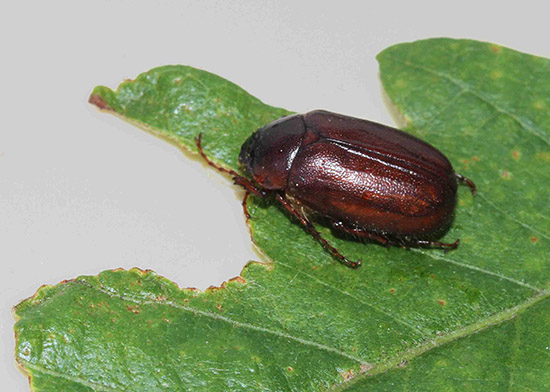
Home Yard Garden Newsletter At The University Of Illinois
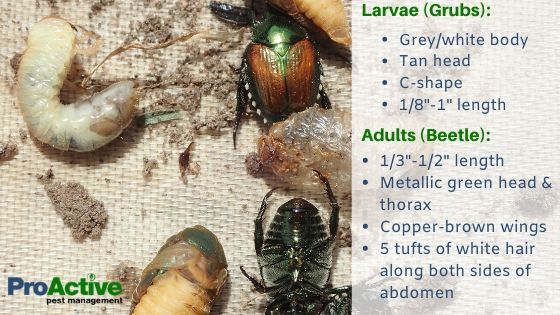
Illinois Invasive Pest Species In Your Backyard Proactive Pest Management

Chrysochus Auratus The Dogbane Leaf Beetle Chrysomelidae Naples New York Beetle Beetle Insect Leaf Beetle

Japanese Beetles Are Here To Stay How Can We Fight Back

Japanese Beetles Are Here To Stay How Can We Fight Back
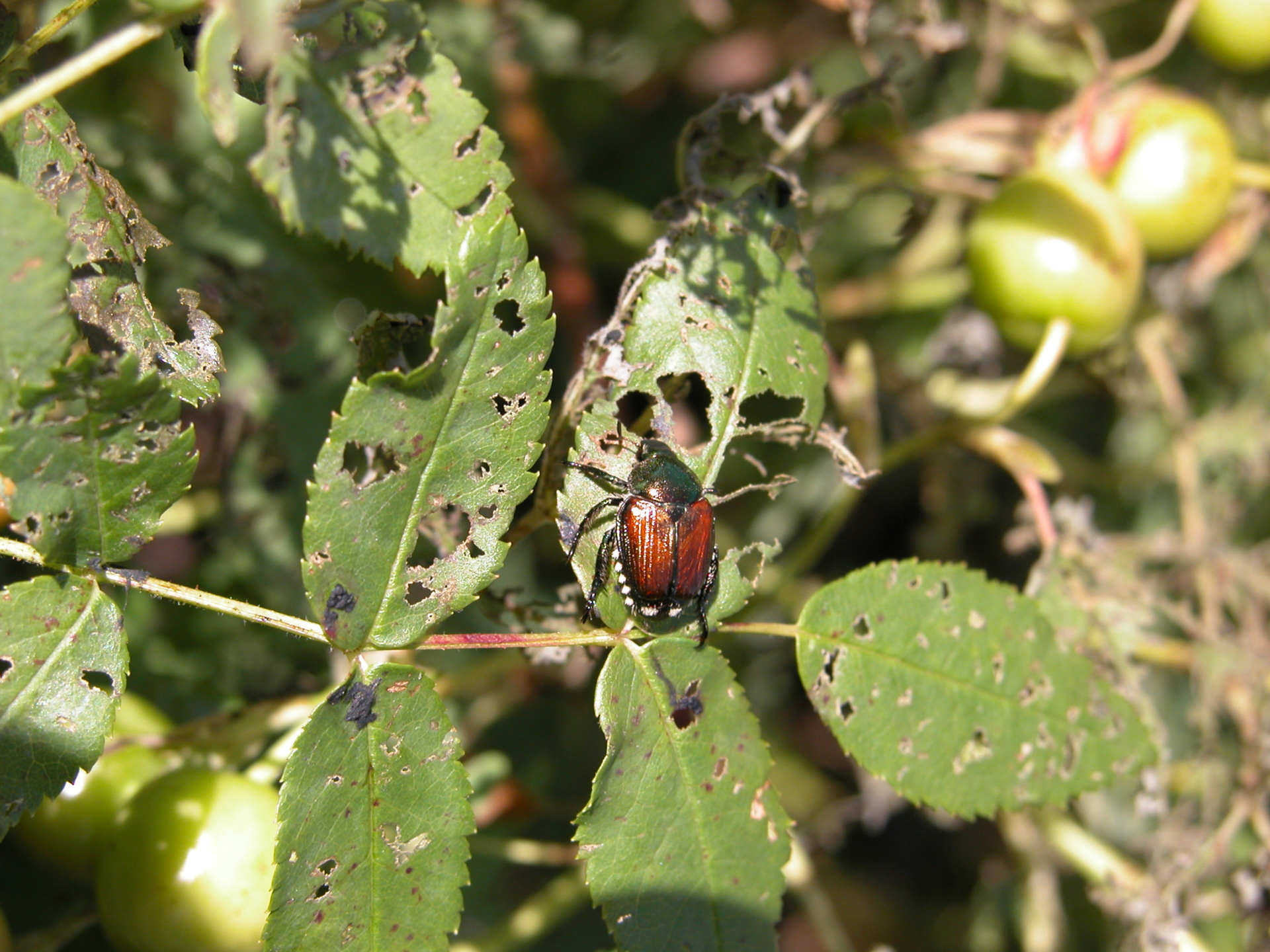
Japanese Beetles The Morton Arboretum

Living With Japanese Beetles University Of Illinois Extension
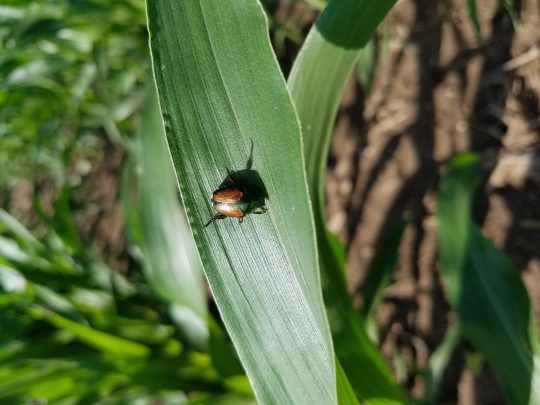
Japanese Beetle Management Guidelines Farmdoc

Minimize Japanese Beetle Damage
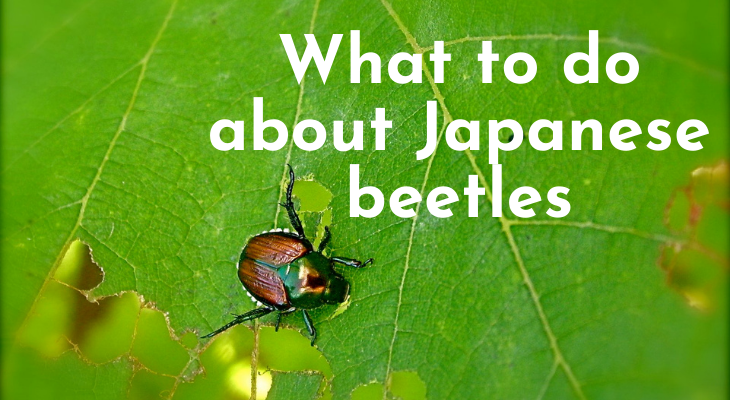
What To Do About Japanese Beetles University Of Illinois Extension
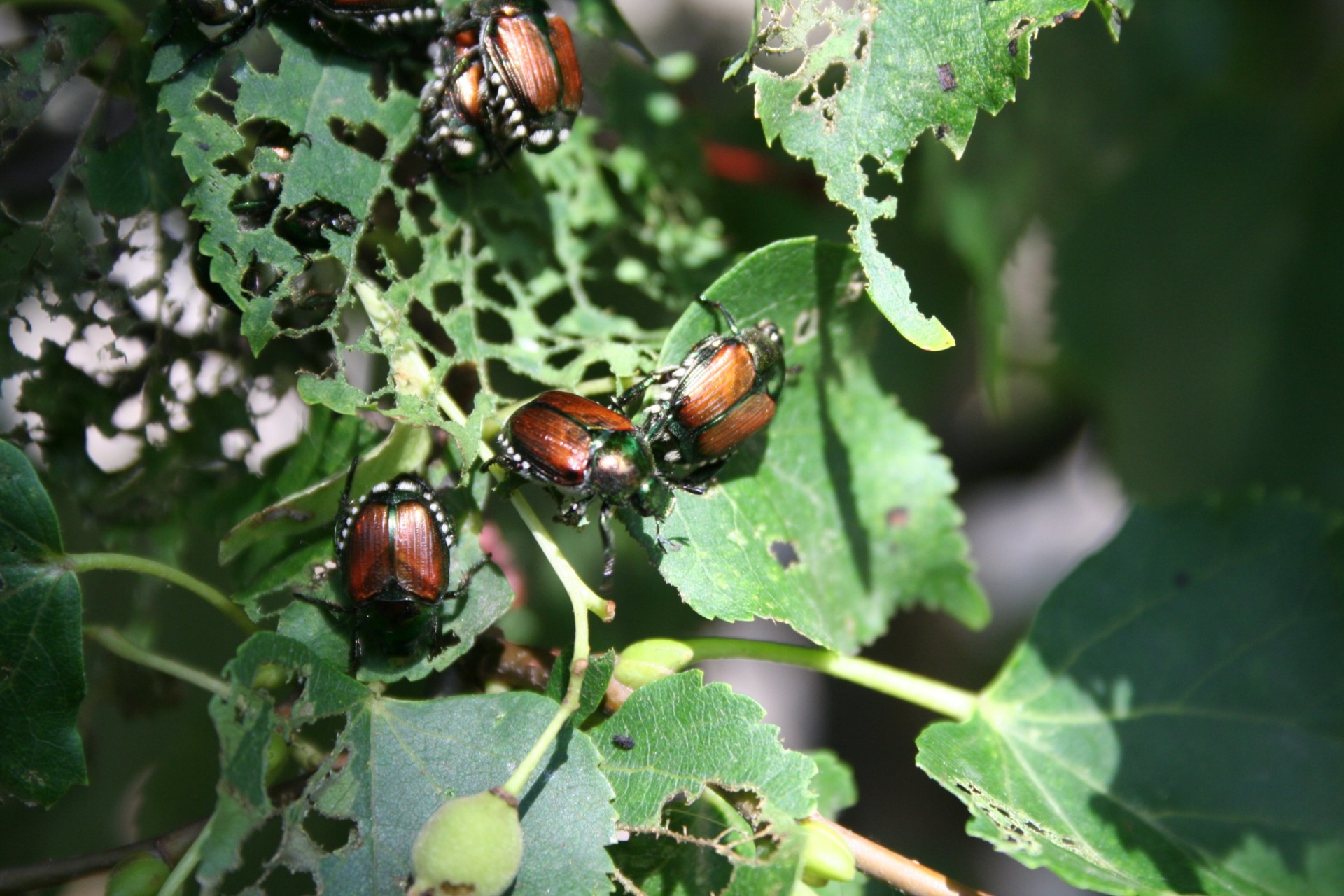
Japanese Beetles The Morton Arboretum
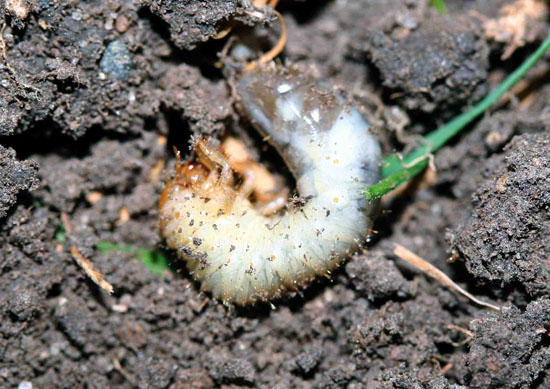
Home Yard Garden Newsletter At The University Of Illinois

Japanese Beetle Soybean Pest Soybean Research Information Network Srin
